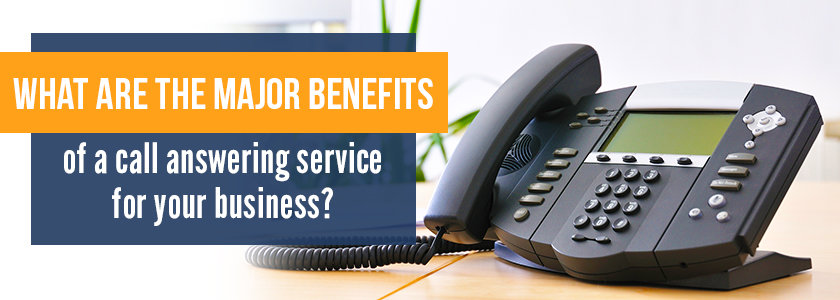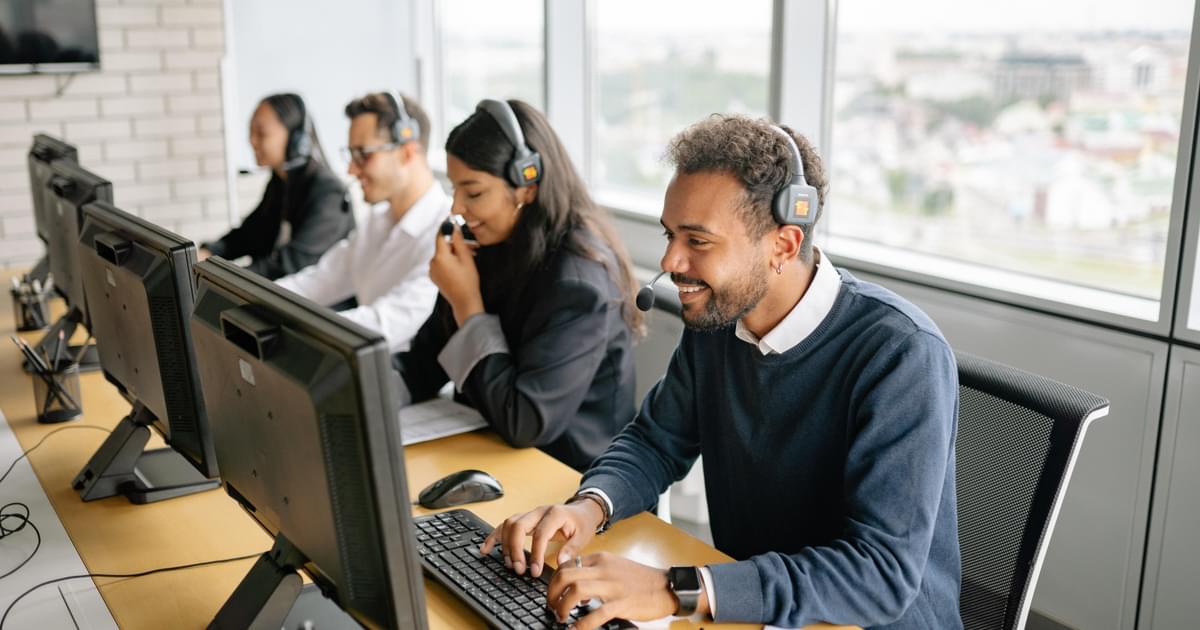All Categories
Featured
Table of Contents
- – Best What Are Call Answering Services? - Explai...
- – Which Is The Best Virtual Receptionist & Phone...
- – What Is The Best 5 Mistakes To Avoid When Hiri...
- – What Is A Good Price For A How Outsourced Pho...
- – Whats The Best Phone Answering Services - Aus...
- – Which Is The Best Phone Answering Services -...
Best What Are Call Answering Services? - Explained Prices Near Me
This device and its successors were designed by Sava Jacobson, an electrical engineer with a private consulting business. While early answering devices used magnetic tape technology, most contemporary equipment utilizes solid state memory storage; some devices utilize a mix of both, with a solid-state circuit for the outgoing message and a cassette for the inbound messages.
"toll conserving" below) (answering service). This is beneficial if the owner is screening calls and does not want to speak with all callers. In any case after going, the calling celebration must be notified about the call having actually been addressed (in a lot of cases this begins the charging), either by some remark of the operator, or by some greeting message of the TAD, or addressed to non-human callers (e.
This holds especially for the Littles with digitally stored greeting messages or for earlier makers (before the rise of microcassettes) with an unique limitless loop tape, different from a second cassette, devoted to recording. There have actually been answer-only devices without any recording abilities, where the greeting message needed to notify callers of a state of existing unattainability, or e (professional phone answering service).
Which Is The Best Virtual Receptionist & Phone Answering Services Australia Company?

about accessibility hours. In taping TADs the greeting usually includes an invitation to leave a message "after the beep". An answering maker that utilizes a microcassette to tape messages On a dual-cassette answerphone, there is an outbound cassette, which after the specified number of rings plays a pre-recorded message to the caller.

Single-cassette answering makers contain the outgoing message at the beginning of the tape and incoming messages on the staying area. They first play the statement, then fast-forward to the next offered space for recording, then tape-record the caller's message. If there are lots of previous messages, fast-forwarding through them can trigger a significant hold-up.
This beep is frequently referred to in the welcoming message, asking for that the caller leave a message "after the beep". Little bits with digital storage for the tape-recorded messages do disappoint this delay, naturally. A little may offer a remote control facility, whereby the answerphone owner can ring the house number and, by entering a code on the remote telephone's keypad, can listen to taped messages, or erase them, even when far from house.
What Is The Best 5 Mistakes To Avoid When Hiring A Phone Answering Service To Buy Right Now?

Thereby the machine increases the variety of rings after which it responds to the call (generally by two, leading to 4 rings), if no unread messages are currently saved, however responses after the set variety of rings (typically 2) if there are unread messages. This allows the owner to find out whether there are messages waiting; if there are none, the owner can hang up the phone on the, e.
Some devices also allow themselves to be from another location activated, if they have actually been turned off, by calling and letting the phone ring a specific large number of times (usually 10-15). Some service companies desert calls already after a smaller number of rings, making remote activation difficult. In the early days of Little bits an unique transmitter for DTMF tones (dual-tone multi-frequency signalling) was regionally needed for remote control, because the previously employed pulse dialling is not apt to convey appropriate signalling along an active connection, and the dual-tone multi-frequency signalling was implemented stepwise.
Any inbound call is not recognizable with regard to these residential or commercial properties in advance of going "off hook" by the terminal devices. So after going off hook the calls need to be changed to appropriate gadgets and only the voice-type is instantly accessible to a human, but perhaps, nonetheless need to be routed to a TAD (e.
What Is A Good Price For A How Outsourced Phone Answering Service Can Help Your ...?
What if I informed you that you do not have to really pick up your gadget when addressing a customer call? Someone else will. So convenient, ideal? Addressing call does not require someone to be on the other end of the line. Effective automated phone systems can do the trick just as efficiently as a live representative and in some cases even much better.
An automated answering service or interactive voice reaction system is a phone system that interacts with callers without a live individual on the line - business call answering service. When business use this technology, consumers can get the answer to a concern about your company merely by utilizing interactions set up on a pre-programmed call circulation.
Although live operators update the customer support experience, many calls do not need human interaction. A basic documented message or instructions on how a consumer can obtain a piece of info generally solves a caller's instant requirement - reception services. Automated answering services are a simple and effective method to direct inbound calls to the best individual.
Whats The Best Phone Answering Services - Australian Virtual Receptionists
Notice that when you call a business, either for assistance or item inquiry, the very first thing you will hear is a pre-recorded voice greeting and a series of options like press 1 for client service, press 2 for questions, and so on. The pre-recorded choices branch off to other choices depending on the client's selection.
The phone tree system assists direct callers to the right person or department using the keypad on a cellphone. In some instances, callers can utilize their voices. It's worth noting that auto-attendant alternatives aren't limited to the 10 numbers on a phone's keypad. Once the caller has actually picked their first alternative, you can create a multi-level auto-attendant that uses sub-menus to direct the caller to the right type of assistance.
The caller does not need to communicate with a person if the auto-attendant phone system can manage their concern. The automated service can route callers to a worker if they reach a "dead end" and need help from a live representative. It is pricey to employ an operator or executive assistant.
Which Is The Best Phone Answering Services - Ruby Receptionist Services Plan
Automated answering services, on the other hand, are significantly less costly and provide considerable cost savings at approximately $200-$420/month. Even if you don't have devoted personnel to handle call routing and management, an automatic answering service enhances productivity by enabling your group to focus on their strengths so they can more effectively spend their time on the phone.
A sales lead routed to customer care is a lost shot. If a client who has item questions reaches the incorrect department or receives incomplete answers from well-meaning staff members who are less trained to handle a particular kind of question, it can be a reason for disappointment and dissatisfaction. An automatic answering system can reduce the number of misrouted calls, thus assisting your staff members make better use of their phone time while maximizing time in their calendar for other tasks.
With Automated Answering Systems, you can develop an individualized experience for both your staff and your callers. Make a recording of your main greeting, and simply upgrade it frequently to show what is going on in your organization. You can produce as lots of departments or menu choices as you want.
Table of Contents
- – Best What Are Call Answering Services? - Explai...
- – Which Is The Best Virtual Receptionist & Phone...
- – What Is The Best 5 Mistakes To Avoid When Hiri...
- – What Is A Good Price For A How Outsourced Pho...
- – Whats The Best Phone Answering Services - Aus...
- – Which Is The Best Phone Answering Services -...
Latest Posts
Hospitality Answering Service (Adelaide)
Guaranteed Small Business Answering Service Near Me (Port Adelaide)
Efficient Affordable Answering Service Near Me – Glenelg 5045
More
Latest Posts
Hospitality Answering Service (Adelaide)
Guaranteed Small Business Answering Service Near Me (Port Adelaide)
Efficient Affordable Answering Service Near Me – Glenelg 5045